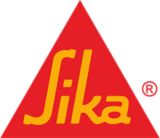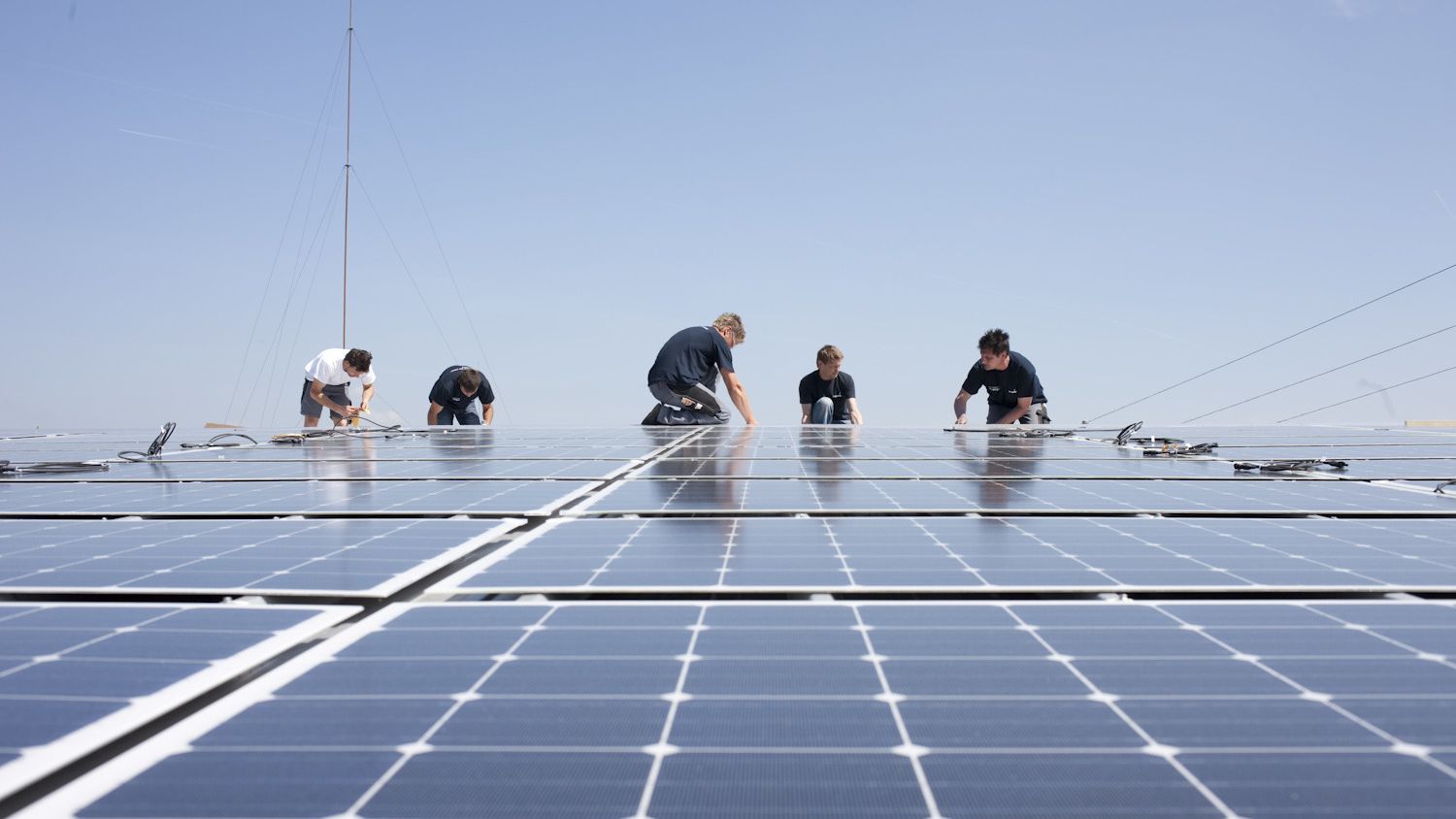Solar Roof Systems Webinar
“Solar Roof Systems - The Good, The Bad and The Ugly” will identify the potential issues with a rooftop solar installation, what questions they should be asking and how to avoid serious, costly problems.
Learning Objectives:
- Common problems that may be encountered with solar roof installations.
- Information to determine if your facility is suitable for rooftop photovoltaics.
- Important questions you need to ask the solar installer before you decide on a system.
- New developments in the industry that can eliminate most if not all of the concerns around a solar roof installation.
Watch the Recording
Sika Roofing, a Division of Sika Corporation, is a Registered Provider with The American Institute of Architects Continuing Education Systems (AIA/CES). Credit(s) cannot be earned for the above webinar as the live event has concluded. However, we are happy to schedule a Lunch and Learn for your team!
Find more information about solar roofing systems here.

